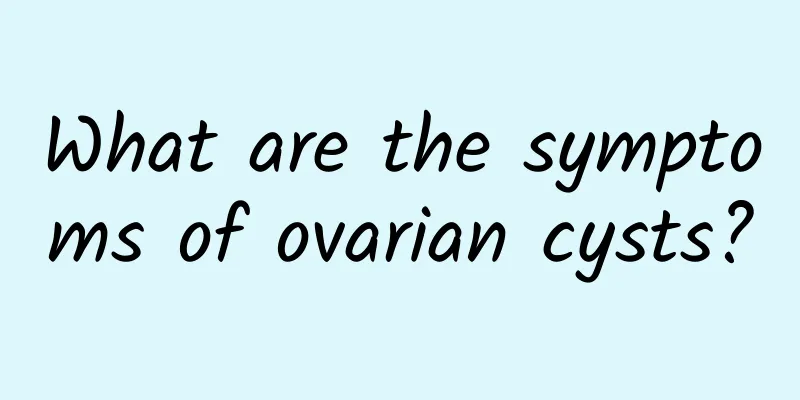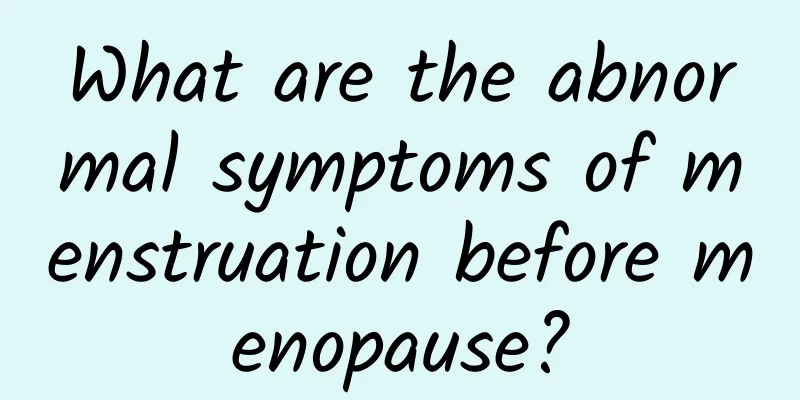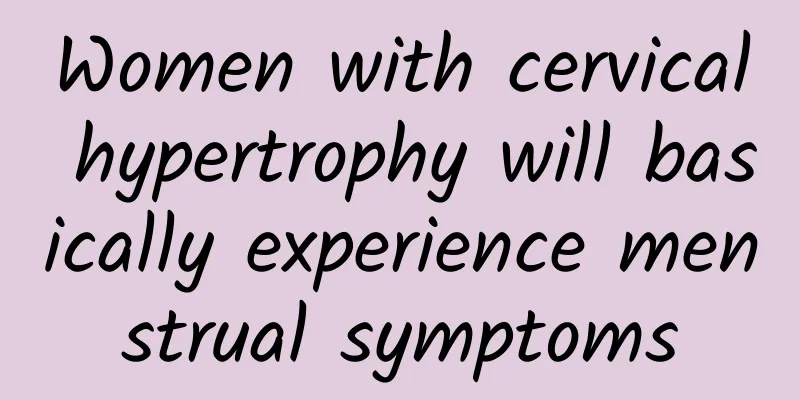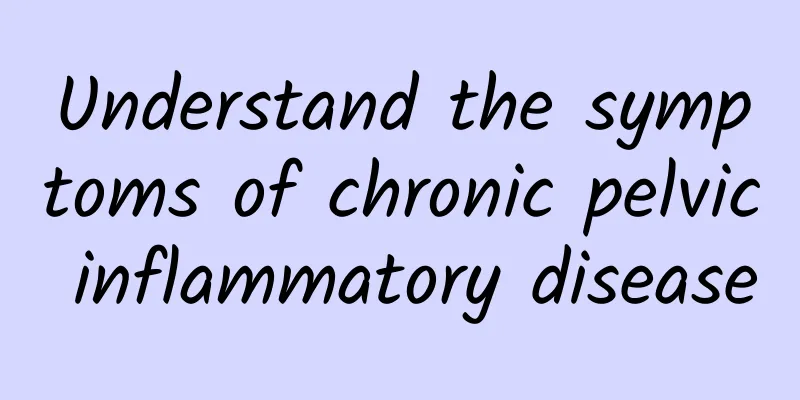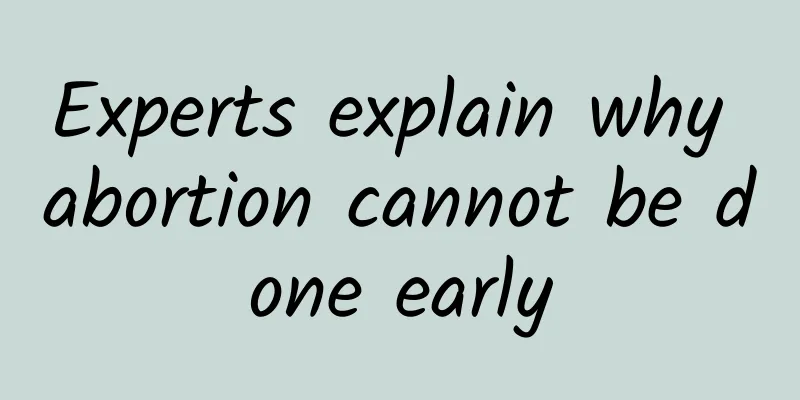What should I do if I find uterine fibroids during pregnancy?
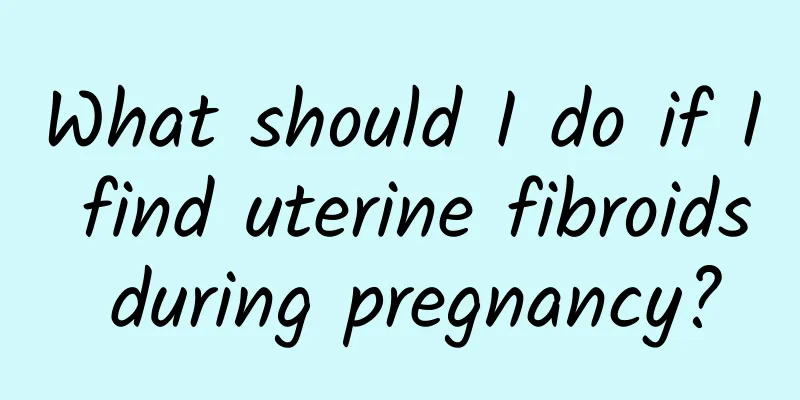
|
1. Unless absolutely necessary, surgery is generally not performed In principle, unless there are some unavoidable circumstances, surgery is generally not performed on uterine fibroids during pregnancy, and treatment should be delayed until delivery or after delivery. Myomectomy during pregnancy may cause excessive blood loss; Surgery may cause miscarriage and premature birth; The wound caused by surgery may cause uterine rupture in late pregnancy or during delivery. 2. Caesarean section or natural birth? If the fibroids "linger" and grow with the fetus until delivery, should it be done by "caesarean section" or "natural delivery"? This mainly depends on the size and location of the fibroids. (1) Natural childbirth When the following three points are met at the same time, you can try natural childbirth, and then treat the fibroids according to the situation after delivery: Fibroids are located at the top (fundus) of the uterus or on the front or back wall of the uterus; Less than 8 cm in diameter; Examination determined that the fibroids did not affect the fetus's entry into the pelvic cavity and vaginal delivery. However, it should be noted that the contraction, traction and squeezing of the uterus during delivery may damage the fibroids, leading to fibroid degeneration and infection. Therefore, it is necessary to pay attention to the recovery of the uterus after delivery and use drugs and antibiotics that promote uterine contraction as appropriate. (2) Cesarean section and simultaneous removal of fibroids If any of the following situations occurs, a cesarean section should be chosen to remove the fetus and then the fibroids to prevent the fibroids from causing poor postpartum uterine recovery, prolonged lochia, or even infection. Fibroids are located at the lower end of the uterus; Affect the fetus's entry into the pelvic cavity or vaginal delivery; Fibroids may cause the uterus to contract weakly. Rarely, a hysterectomy may be necessary if there is excessive bleeding during or after a myomectomy. In addition, some scholars believe that there is a risk of residual fibroids when removing fibroids during cesarean section. Because the uterus is large and has not yet returned to its normal size after the baby is delivered, some small fibroids appear even smaller and may be ignored and left behind, resulting in recurrence in the future. But in fact, the same problem also exists when removing uterine fibroids during non-pregnancy. Doctors can avoid this situation to a large extent by carefully palpating and searching with their hands. 3. Those unavoidable situations For uterine fibroids during pregnancy, myomectomy is generally not performed, but if the following conditions occur, surgery for uterine fibroids will be required during pregnancy. Large uterine fibroids: Fibroids that are too large are prone to degeneration and affect pregnancy Symptoms are obvious: frequent abdominal pain, frequent uterine contractions or vaginal bleeding. The fibroids are located close to the placenta: This situation may cause poor uterine contraction after delivery, leading to postpartum hemorrhage or retained placenta. Others: The degenerative changes of the fibroids are more serious, irritating the peritoneum, causing symptoms of localized peritonitis such as acute abdominal pain, low fever, and increased white blood cell count. 4.How is the surgery performed? Usually the surgery is done in the second trimester (around 14 to 16 weeks of pregnancy), when the uterus is not significantly enlarged and the fetus is relatively stable. Even so, it is difficult to perform myomectomy during pregnancy. Whether to go through laparoscopy or laparotomy depends on the doctor's judgment based on the condition of the fibroids. Unless it is a subserosal fibroid with a pedicle, laparotomy is usually safer. Postoperative treatment is also required to strengthen pregnancy preservation. |
<<: How are pelvic inflammatory disease symptoms treated?
>>: What is the best and fastest way to treat pelvic inflammatory disease?
Recommend
The occurrence of cervical erosion has many hazards for female patients
There are many gynecological inflammations, cervi...
What harm does Bartholinitis bring to women?
Many patients do not know much about Bartholiniti...
Can I sweat steam after a miscarriage? How long after a miscarriage can I sweat steam?
Steaming can remove moisture and coldness from th...
Uterine fibroids may also cause heavy bleeding
Uterine fibroids may also cause heavy bleeding, a...
Clinical symptoms of ovulatory bleeding
What is ovulation bleeding? In our lives, I belie...
What are the methods for checking irregular menstruation? There are many methods.
There are many ways to check for irregular menstr...
Hormonal stimulation is likely to cause uterine fibroids
Hormonal stimulation is likely to cause uterine f...
No need to be greasy when eating tonic food: Nutritionist's light tonic food
When it’s cold, there’s nothing better than a pot...
Want to live a long and healthy life? Scientists: Just eat less!
In this age of advanced medical care, it is no lo...
How to care for patients with uterine effusion
Uterine effusion is a relatively serious gynecolo...
What is the best way to care for uterine fibroids after surgery? What anti-inflammatory drugs should be taken after uterine fibroids surgery?
What is the best way to care for uterine fibroids...
Three common manifestations of uterine fibroids What are the hazards of untimely treatment of uterine fibroids
Uterine fibroids (Hysteromyoma) Uterine leiomyoma...
How to cure cervical erosion? 4 wonderful little recipes are effective in curing cervical erosion
Cervical erosion is a common gynecological diseas...
What complications can irregular menstruation cause?
Menstrual disorders are a relatively serious dise...
Which hospital is good for Chinese medicine gynecology
Gynecological diseases are common among women, in...

